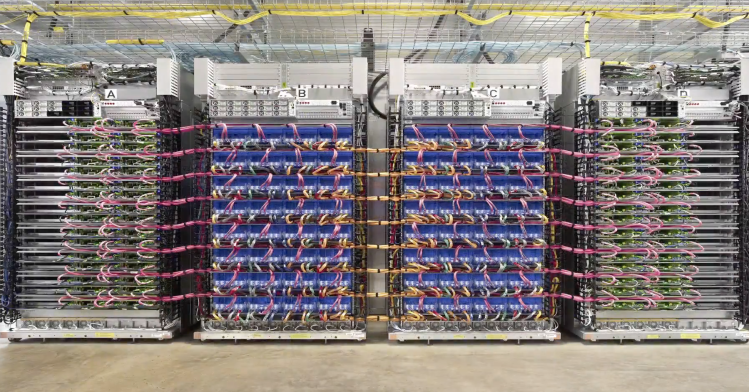testsetset
Google announced today that it’s going to massively expand its global cloud infrastructure with three new subsea cables and five new regions.
The regions, all coming online this year, will be available in the Netherlands, Montreal, Hong Kong, Los Angeles, and Finland. Meanwhile, the cables will be commissioned in 2019 and run from Chile to Los Angeles; from the U.S. to Denmark and Ireland; and from Hong Kong to Guam.
Google has been on a construction tear over the past couple years as the tech titan works to bring its cloud offering in line with competition from Microsoft, Amazon, and others. It’s important for companies like that to have a large datacenter footprint, with locations in multiple countries, for a variety of reasons.
First among them is fault tolerance: Cloud customers want highly available applications that can withstand multiple failures, and the best way to get that is by running them in multiple datacenters. In addition, customers will benefit from reduced latency by running applications closer to the end users who need them.
June 5th: The AI Audit in NYC
Join us next week in NYC to engage with top executive leaders, delving into strategies for auditing AI models to ensure fairness, optimal performance, and ethical compliance across diverse organizations. Secure your attendance for this exclusive invite-only event.
On top of that, however, is the broader geopolitical context surrounding the current cloud era. More countries and regional governing bodies are placing restrictions on what companies can do with data from residents of particular areas, often requiring that data from residents of a particular country get stored within its national borders. Cloud providers can help businesses comply with those regulations by providing them with datacenters that reside in different countries.
Amazon and Microsoft both have a head start on Google when it comes to the number of deployed regions available from each provider around the world (though the way Microsoft counts regions differs from other operators, somewhat muddying this). The Mountain View, California-based tech titan has thrown massive resources behind its cloud division, and providing it with more infrastructure is another sign of how seriously Google is taking its competition in a rough-and-tumble market.
These regions were a long time coming. Each one contains multiple availability zones (AZs): datacenters that are geographically nearby, but isolated enough from one another to provide fault tolerance. Each AZ is itself a massive construction and infrastructure project that takes a long time to complete.
The cables are an even bigger infrastructure project. Two of the three are the result of Google-backed consortia, while the third is Google’s private infrastructure. Connecting the world through a series of undersea cables could give Google an edge over other cloud providers, if customers are looking for high-speed networking across regions. The three newly announced projects join the company’s existing investments in subsea infrastructure that span the Pacific and Atlantic Oceans.

